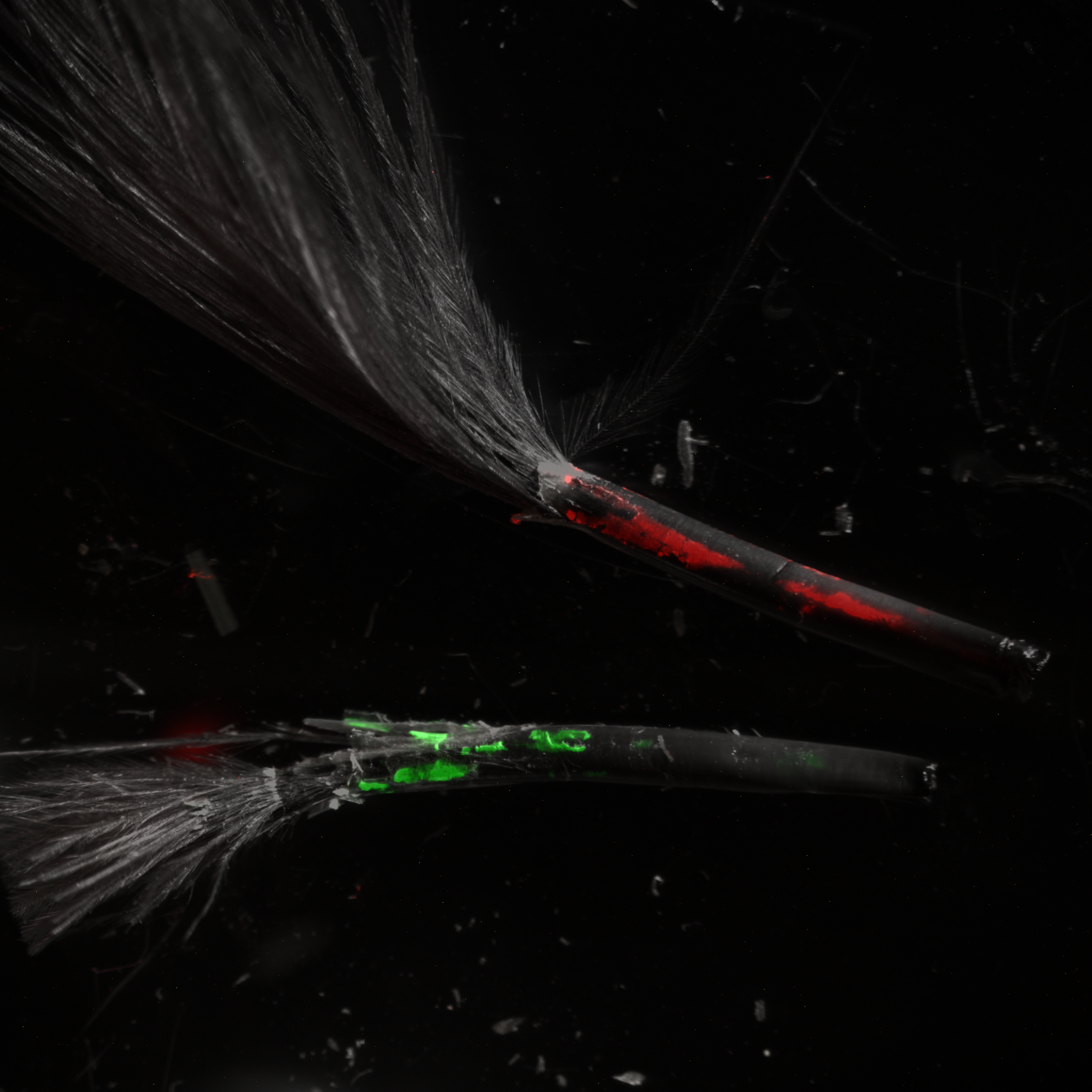De novo cholesterol biosynthesis and its trafficking in LAMP-1 positive vesicles are involved in replication and spread of Marek's disease virus
Marek's disease virus (MDV) transforms CD4+ T cells and causes a deadly neoplastic disease which is associated with metabolic dysregulation leading to atherosclerosis in chickens. While MDV-infected chickens have normal serum concentrations of cholesterol, their aortic tissues were found to have elevated concentrations of free and esterified cholesterol. Here, we demonstrate that infection of chicken embryonated fibroblasts (CEFs) with the highly pathogenic MDV-RB1B increases cellular cholesterol content and upregulates the genes involved in cholesterol synthesis and cellular cholesterol homeostasis using comprehensive two-dimensional gas chromatography mass spectrometry and real-time PCR (RT-PCR), respectively. Using small pharmacological inhibitors and gene silencing, we established an association between MDV-RB1B replication and mevalonic acid, sterol and cholesterol biosynthesis and trafficking/redistribution. We propose that MDV trafficking is mediated by lysosomal associated membrane protein 1+ (LAMP-1) vesicles based on short hairpin RNA (shRNA) gene silencing and colocalization of LAMP-1, glycoprotein B (gB) of MDV and cholesterol (Filipin III) fluorescent signal intensity peaks. In conclusion, our results demonstrate that MDV hijacks cellular cholesterol biosynthesis and cholesterol trafficking to facilitate cell-to-cell spread in a LAMP-1 dependent mechanism.
IMPORTANCE MDV disrupts lipid metabolism and causes atherosclerosis in the MDV-infected chickens, however the role of cholesterol metabolism in replication and spread of MDV is unknown. The MDV-infected cells do not produce infectious cell free virus in vitro, raising the question about the mechanism involved in cell-to-cell spread of MDV. In this report, we provide evidence that MDV replication depends on de novo cholesterol biosynthesis and uptake. Interruption of cholesterol trafficking within multivesicular bodies (MVBs) by chemical inhibitors or gene silencing reduced MDV titre and cell-to-cell spread. Lastly, we demonstrated that MDV gB colocalizes with cholesterol and LAMP-1 suggesting that the viral protein trafficking is mediated through LAMP-1 positive vesicles in association with cholesterol. These results provide new insights into the cholesterol dependence of MDV replication.
